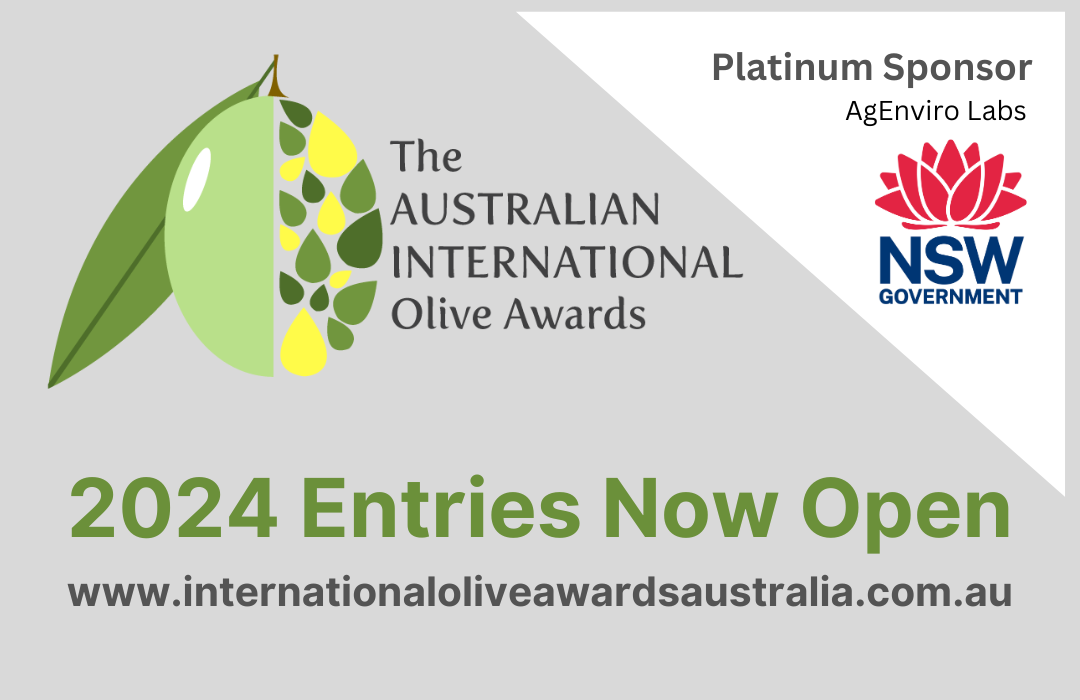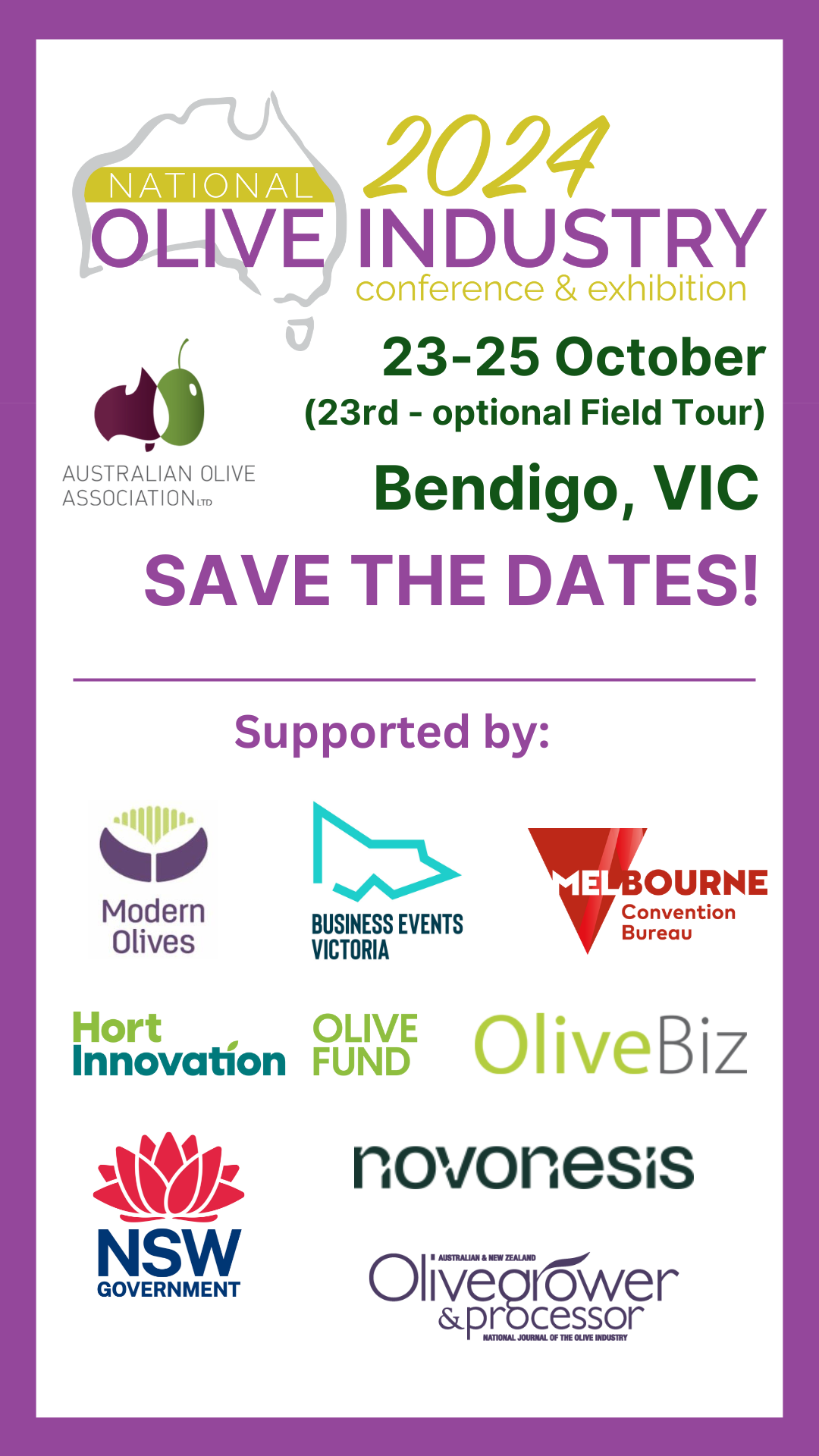
Back to basics – what is the olive levy, how it is invested and why it is important to have your voice heard on future industry investments?
Agricultural levies are set by the Australian Government at the request of industry in order to collectively fund R&D, biosecurity, residue testing and, in some cases, marketing programs.
What is the olive levy and who manages it?
The olive levy is payable on olives that are produced in Australia and either sold by the producer, or used by the producer in the production of other goods. The levy rate on olives is $3.10 per tonne.
It is collected by the Department of Agriculture and Water Resources, which is also responsible for administration and disbursement of levies on behalf of agricultural industries. In 2015/16 total olive R&D levy receipts were approximately $332,000.
The investment of R&D funds ($3 per tonne) is managed by Hort Innovation, the not-for-profit, grower-owned Research and Development Corporation (RDC) for Australia’s $9.5 billion horticulture industry. Here, olive levy funds are invested into industry-specific research programs alongside financial contributions from the Australian Government, through the Hort Innovation Olive Fund.
Separately, Plant Health Australia (PHA) manages certain plant health programs on behalf of industry (using a $0.10 per tonne component of the levy).
How are R&D levy funds invested?
Firstly, olive growers and other industry stakeholders are always encouraged to submit ideas for potential investment via Hort Innovation’s Concept Proposal Form, providing a simple summary of the aims and outcomes.
To help ensure R&D investment decisions are balanced and prioritised by the current needs of the industry, Hort Innovation has established an olive Strategic Investment Advisory Panel (SIAP).
The SIAP is skills-based and comprises levy-paying growers, processors and technical experts. The make-up of the current SIAP can be found on Hort Innovation’s Olive Fund page. It is the role of the SIAP to provide advice onpotential investment opportunities, always being guided by the industry’s Strategic Investment Plan (SIP). The SIP was developed in close consultation with industry, with the full version available here and a quick at-a-glance version available here.
Project ideas are filtered and shaped into full proposals by Hort Innovation based on SIAP advice and to ensure that they align with strategic priorities. If a concept proposal is successful, a Request for Proposal document is drafted and Hort Innovation notifies prospective service providers using a limited or open procurement process, depending on the project requirements. Prospective service providers then have a bid period in which they can submit their response.
After the bid period has ended, Hort Innovation convenes an evaluation panel to review the responses and then works to contract the service provider it approves to undertake the project.
Current and completed projects
Hort Innovation has partnered with leading service providers to complete a range of R&D projects to ensure the long-term sustainability and profitability of the olive industry.
From pest management to industry data benchmarking, levy-funded R&D projects have played an important role in providing information and insights to Australian olive growers and processors to help improve management practices and to bolster their businesses.
To keep up to date with current projects and completed project findings, be sure to see Hort Innovation’s quarterly Hortlink publication, with the latest edition – 2017, edition 3 – soon to be accessible from the Olive Fund page.
More information
Find out more about Hort Innovation, the olive SIAP and olive investments here.
Submit a project idea, or find out more information here.
To chat about olive industry R&D investments, please contact Will Gordon, the relationship manager for the olive industry at Hort Innovation, at will.gordon@horticulture.com.au or on 0427 920 924




